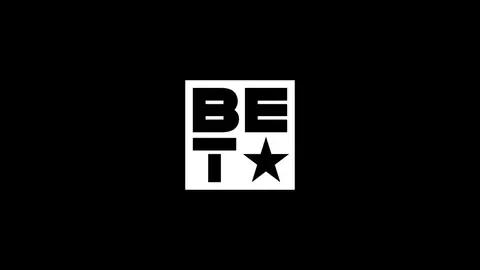Breast Cancer 101: Breast Self-Exams

When it comes to breast cancer screenings and Black women, there is some good news. The rates of African-American women getting mammograms has increased over the years, according the Susan G Komen for the Cure.
In 2010, 73 percent of both African-American and white women ages 50 to 74 had a mammogram within the past two years. Among women 40 and older, 66 percent of African-American women and 67 percent of white women had a mammogram.
The message is being heard: Mammograms are an important step in detecting breast cancer earlier. If you are not able to get a mammogram today, which is National Mammography Day, there's still something you can do to check out gyour girls that is free and painless, and that is performing breast self-exams at home.
What is a breast self-exam?
A breast self-exam is the act of checking your breasts to help detect breast problems or changes in appearances. It’s a non-invasive exam that doesn’t cause any discomfort. Health experts suggest that all women should start doing these exams regularly in their early 20s.
What am I looking for?
— Lumps (they can be painful or not painful to touch)
— Foul-smelling or bloody discharge from your nipples
— Changes in the skin of your breast such as dimpling or ridges that resemble an orange
— An inverted nipple
— One breast being larger or lower than the other
How do you do it?
The best time to perform breast self-exam is a week after your period starts, when your breast tissue seems more swollen and tender.
Take off your shirt and bra.
Lay down to make it easier to feel your breast tissue.
Take your middle three fingers and rub in dime-sized circles using the middle parts of your fingers.
WebMD suggests using three different pressures when doing your self-exam:
Light pressure is needed to feel the tissue close to the skin surface. Medium pressure is used to feel a little deeper, and firm pressure is used to feel your tissue close to your breastbone and ribs. A firm ridge in the lower curve of each breast is normal. Use each pressure level to feel your breast tissue before moving on to the next spot.
Make sure you check your breasts near the collarbone and around the armpit, too. Repeat on both sides.
It’s also important to talk to your doctor about how to perform a breast self-exam and have him or her show you how to do it properly.
What are the benefits of the breast self-exam?
You may detect your cancer early, which in many instances can make all the difference between life and death. This especially rings true for African-American women, who are more likely to be diagnosed with breast cancer at a later stage. Early detection may mean catching the cancer before it has spread to other parts of the body.
But it’s also really important to keep in mind that early detection doesn’t always lower your risk. Not all cancers, such as inflammatory breast cancer or other forms of aggressive breast cancer, benefit from early detection.
What happens if you find a lump or changes?
Make an appointment with your doctor. He or she might do a clinical breast exam and a mammogram later down the road.
Learn more about breast cancer and African-American women here.
BET Health News - We go beyond the music and entertainment world to bring you important medical information and health-related tips of special relevance to Blacks in the U.S. and around the world. Click here to subscribe to our newsletter.
(Photo: GettyImages)





